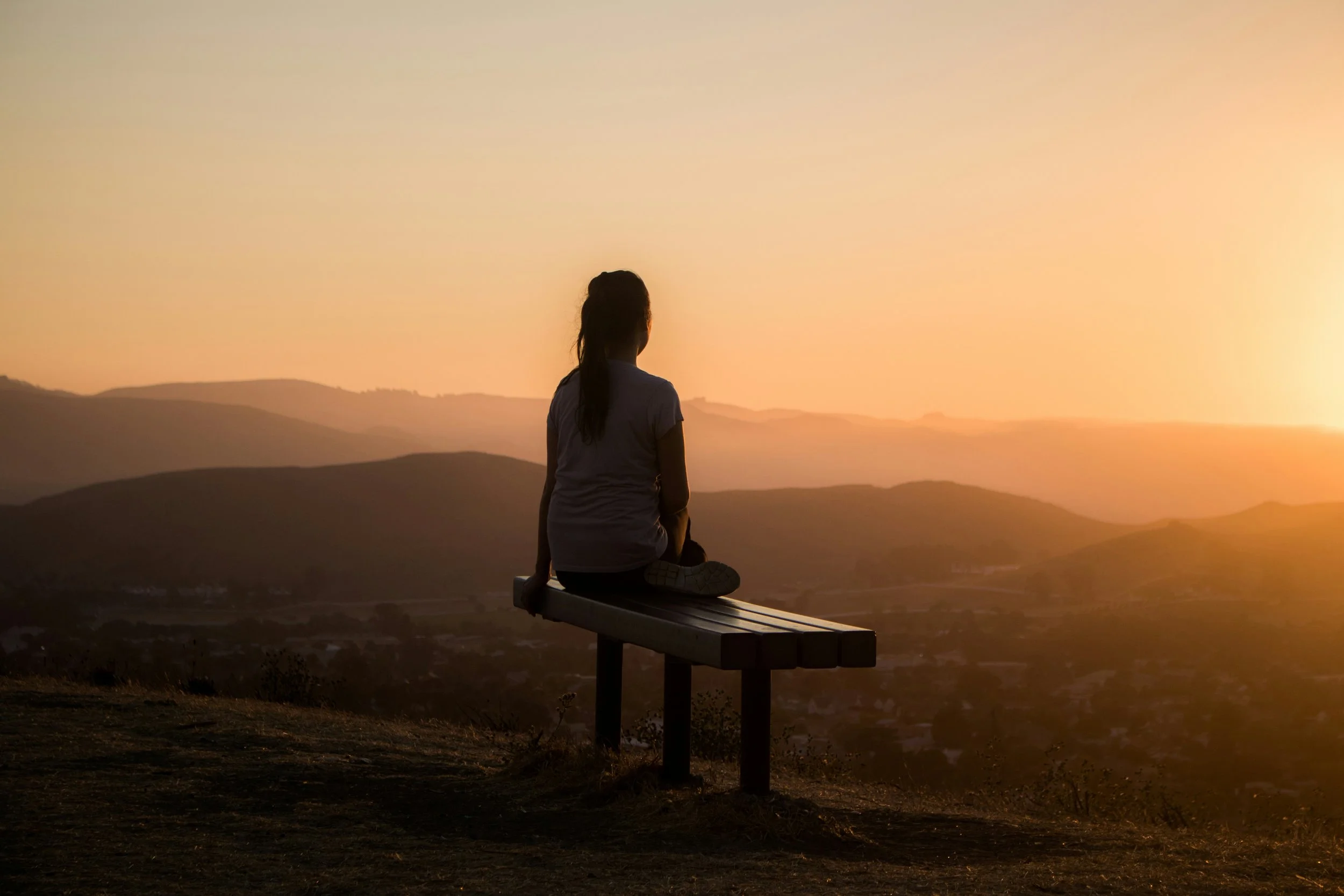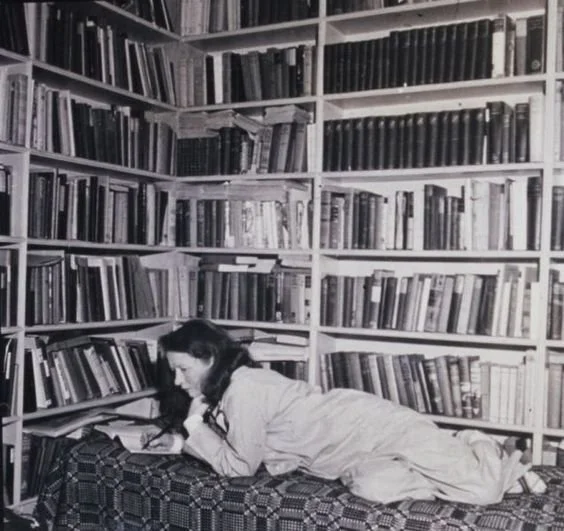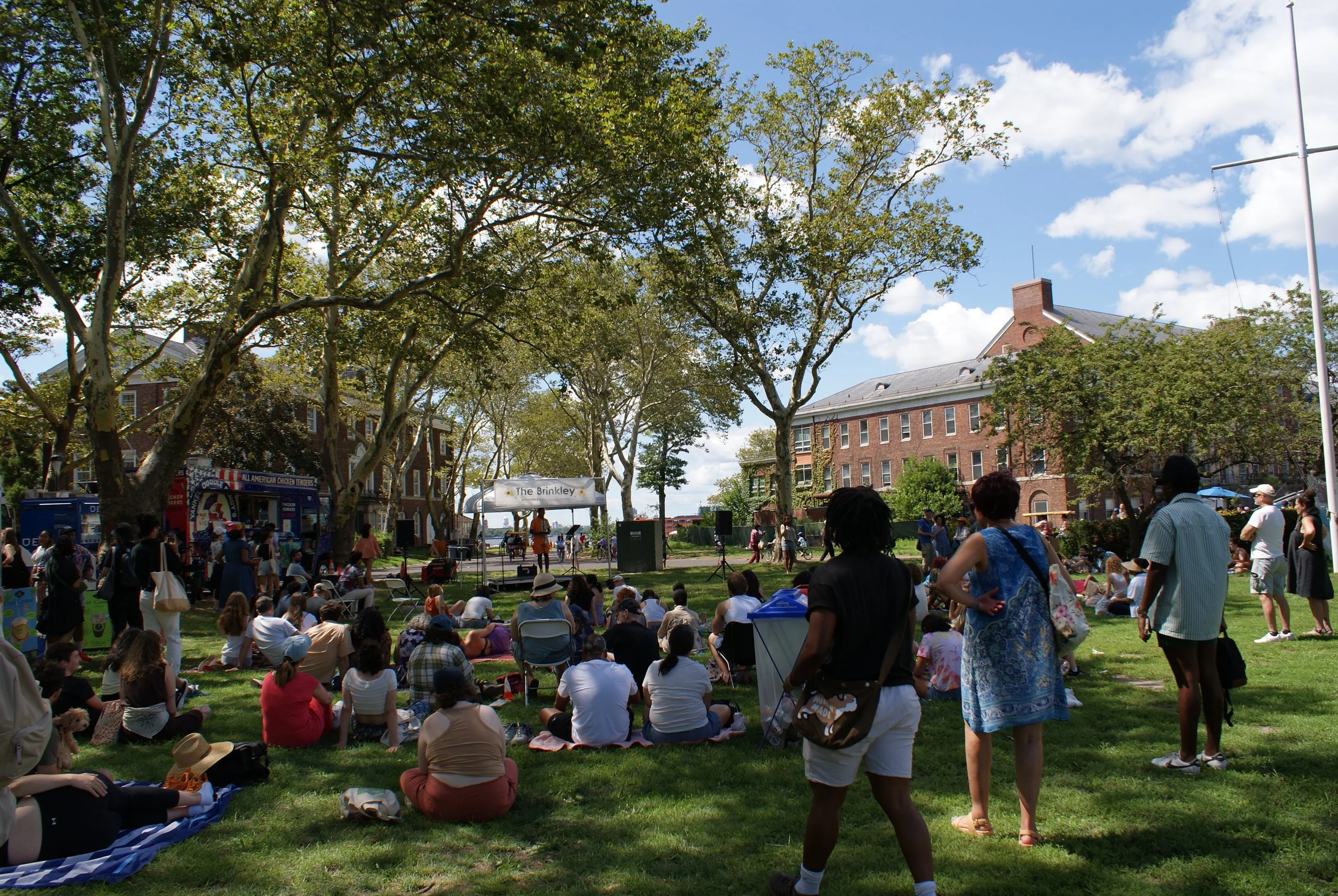In September, I was mostly searching for autumn. It came in flashes like yellow leaves, often too warm for my taste. Other folks searched for the usual things: YouTube, Facebook, local restaurants. Google’s Trending Now feature offers particular insight into the most vivid moments that flared up within the existing landscape of commonly used websites. Here are a few topics that lit up the web in September, each accompanied by a relevant poem.
1. Eclipse
Poet Amie Whittemore describes marking the date of an eclipse on her calendar, knowing she’ll forget to step outside and look at it anyway. This matches my own relationship to most eclipses, including the Harvest Moon that appeared on September 17th.
Amie writes, “...like a shovel, I’m purposeful / but often idle.” Do you ever feel that way? I certainly do, but wouldn’t have had the words for it without Amie’s help.
2. Covid
There is no post-Covid world, so here we are in the Covid world, just writing about it. I know I wrote a handful of Covid poems— particularly in 2020— and I remember seeing calls for Covid poems from lit mags in those earlier years.
Did you know that, in 2022, American Sāmoa was the only place with zero Covid deaths? I didn’t, until I read this poem by Terisa Siagatonu. Siagatonu also manages to include another of September 2024’s trending topics — the NFL.
Read “The Only Place in the U.S. with Zero COVID Deaths” by Terisa Siagatonu
3. Real Madrid
I’m from the U.S., so you can forgive me for pretending “Real Madrid” is just another way of saying, “Madrid, in actuality.” We tend to be woefully ignorant about the-thing-everyone-else-in-the-world-calls-football. So I can happily share that Orlando Ricardo Menes wrote about the real, authentic Madrid, as experienced in his youth at the open air market. The poem fills me with nostalgia, appreciation, and hunger for life.
4. Falcons & Eagles
Next I will revel in my own ignorance about American Football, for ignorance can find its way into any sport, really. Globally, people have questions about the Atlanta Falcons and the Philadelphia Eagles: how do they compare? Perhaps there are commonalities among players and their statistics; the most obvious point of comparison to my mind is the bird mascot though, right?
Poet Barbara Ras references falcons and feathers in her ethereal poem, “A Book Said Dream and I Do.” She also beautifully alludes to the stoppage of time, which I’m pretty sure can also happen in football (I think). It can definitely happen when light catches feathers and dust specks just so.
5. Dancing with the Stars
I don’t suppose anyone has yet written a poem about the TV show Dancing with the Stars, but Olympic Rugby medalist Ilona Maher has chronicled her reality series debut via social media. Meanwhile, dozens of poets have written about stars, and about dancing, and possibly even about dancing with stars (just not the rich and famous kind).
Three-time Pulitzer Prize winner Carl Sandburg offers a short and sweet nod to summer stars that closes out the season and leaves readers with only the best memories of the many warm nights now past.
Did everyone find what they were searching for in September? I hope so. In October, let’s look for red leaves, mugs of hot chocolate, and fresh books of poetry to read as the light fades.
Written by Allisonn Church
Writer Bio: Allisonn Church was born in a small rural community to a mother who pinned butterflies in glass cases and hid scarab beetles in her jewelry box. Her first favorite poem was “The Willow Fairy”’ by Cicely Mary Barker. Find a list of Allisonn's published work at churchpoems.wordpress.com.






















